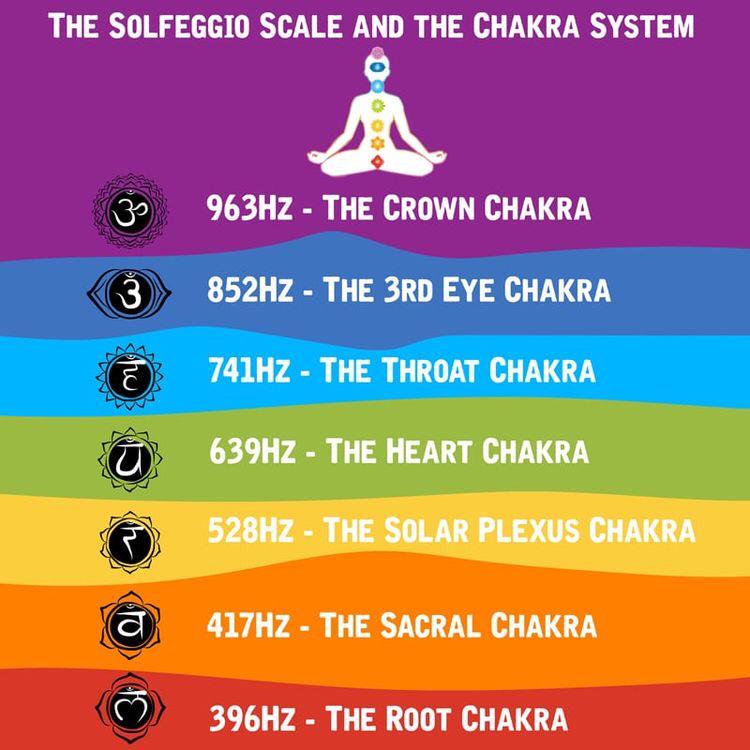Sign up for our newsletter
How to use mala beads for meditation?
Perhaps surprisingly, the oldest known definition of meditation predates both Buddhism and mindfulness by thousands of years. In the ancient Indian Mahabharata, the narrator states that a meditator is "... like a log, he does not think". In other words, the earliest definitions describe the key defining feature of meditation as an experience of "mental silence". Many other explicit examples of this definition can be found in Eastern literature from virtually every historical period. Lao Tzu, for example, urged us to "Empty the mind of all thoughts" in the Tao Te Ching.
A common way to use the mala is to track a "japa," or mantra meditation. The repetitive recitation of a single sound, such as "om," a few words, such as "om mani padme hum," or a longer mantra, can be calming and transformative. Whether you're chanting out loud, whispering, or repeating a phrase silently, tracing the beads of the mala with your fingers can help you keep track of the japa. "Japa" translates to "muttering" in Sanskrit.
The Tibetan tradition says that there are not any specific rules in the way you count mantras or use your mala. For meditation, hold a mala in the left hand and close your eyes. In the Hindu tradition, the mala is held in the right hand because the left hand is considered to be uncleaned. Whichever hand you choose, hold you mala with gentleness and respect; they are sacred beads for your spiritual practice. Start with the first bead next to the guru bead, the guru bead signifies the wisdom that cognizes emptiness, and is not counted during mantra recitation. Then simply recite the mantra you have already in your mind whilst holding the first bead between thumb and index finger. Turn the beads, one after another, holding one for as long as it takes to repeat the mantra. Focus on your intetions while using the mala. That is, align your mala with intention, whether it is to reduce anxiety, to find a better job, or to bring balance into your life. Try to focus deeply inward, beyond the noise inside your mind and the distraction that involve multiple senses. After completing a full circuit of the mala, flip the mala round 180 degrees and continue as before in the opposite direction so as not to pass over the guru bead.
To aid in mantra counting, on many Tibetan malas there are divider beads of a different color, spaced equally along the mala's length. Read more about the numbers and the arrangement in the following:
A mala of 108 beads (Tibetan mala): There are 108 defilements or impure thoughts as taught by the buddha. After reciting 100 mantras, 8 extra mantras are recited to compensate for any errors that were chanted when concentration lapsed. Tibetan mala beads have counter beads at 27 bead intervals to help the counting process.
108 beads + 3 counter beads = 111 beads
Mala bracelets:
27 beads (4 rounds of a 27 bead mala bracelet = 108)
18 beads (6 rounds of an 18 bead mala bracelet = 108)
21 beads (for chanting 21 mantras)
Please note: We also make beaded bracelets with long-lasting elastic band and no guru bead as you prefer.
Tesbih: There are different Islamic prayer beads in Islamic cultures.
The word "Tesbih" (also called as Tasbih or Misbaha) means prayer
beads or rosary and originates from the word "Supha" (also pronounced
sebha), which means to recite the glories of God (Allah).
Tesbih with 99 beads symbolizes the ninety nine names of God in Islam. Sometimes
only 33 beads are used, in this case Tesbih would be cycled 3 times to reach
99.
The main phrase repeated through the first 33 beads is
"Süphanallah" which means "Praise be to God." For the next 33 beads, "Glory be to God," or "Elhümdülillah,"and for the final 33 beads, "Allahuekber"
which means God is most great, is repeated. After these repetitions a final
prayer is said, bringing the total number of prayers, as dictated by the Koran,
to one-hundred.
The Rosary: Rosaries can come in various different forms, and can be
made out of almost any material (metal, stone, fiber, glass or plastic). The modern
5 Century rosary bead is the most common and easily recognizable rosary on the
market today. Most looped Rosary beads have a tail at the beginning. This is
designed to allow the user to continue with their prayers without having to
touch the cross again. The modern 5 Century Rosary beads is formed as a loop that circles back to a rosary center that may be a bead, a medallion, or a crucifix
with 53 beads for "Hail Mary". Between the cross and the loop there is 1 x Our Father, 3 x Hail
Marys, and another 1 x Our Father.
Sources:
- From The Encyclopedia of Tibetan Symbols and Motifs, by Robert Beer, Boston: Shambhala, 1999.
- Reprinted with permission from www.tibet.com, the Website of the Office of Tibet, the official agency of His Holiness the Dalai Lama in London.
Encyclopaedia of Islam Three Online

